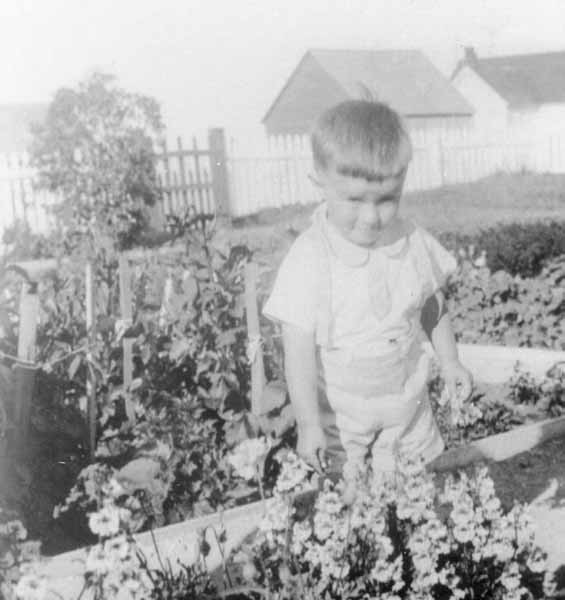 The following is an excerpt from the book The Resilient Outport: Ecology, Economy, and Society in Rural Newfoundland edited by Rosemary E. Ommer.
The following is an excerpt from the book The Resilient Outport: Ecology, Economy, and Society in Rural Newfoundland edited by Rosemary E. Ommer.
"Supplementary farming gave the people of the Bonavista headland not only food, trade goods, and pride, but also a distinctive cultural landscape. The inshore fishery dictated that settlements were scattered along the rugged coastline, but gardens were just as important features of communities as were flakes, stages, and slips. Even Bonavista itself, the largest town in the area, as late as the 1950's was laid out according to the needs of farming. Outside observers noted the distinctive development of roads in the town. Lanes and streets snaked around the community in patterns that seemed peculiar, until one realized that they often twisted to avoid spoiling good gardens. People used unique stick fences to keep animals out of their gardens and, as almost every house had a garden, the very heart of the town was almost pastoral in character 'with its many vacant lots between buildings on which agricultural produce and forage for livestock is grown. About three-quarters of the required vegetables are grown locally' (Brown, 1953: 70).
One Bonavista townswoman, who was born in 1901, recounted how her family lived in the neighbourhood of Canaille to be close to their stages, but that her duty as a girl was to care for the poultry they kept in the yard around the house. Her family, the Fords, kept two large vegetable and hay gardens outside of town, about a five-mile walk towards Cape Bonavista. Every day while men fished, some of the women from the neighbouring families would pack lunches and head out to tend these gardens (Abbott, 1990: 9-10)."
Photo above can be found in the MUN Digital Archives here.

